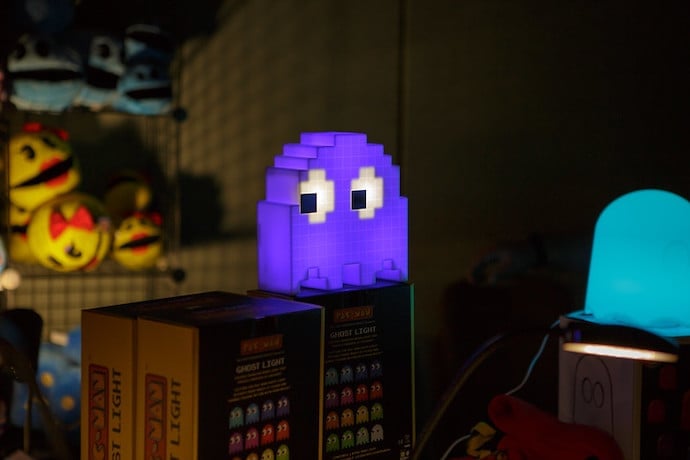There is an age, usually beginning around 9 or 10, where childhood creativity really begins to thrive. Old enough to think deeply and coordinated enough to sketch or paint, kids develop cool passions before the self-consciousness of the teenage years settles in. Whether it’s drawing little monsters in a sketchbook or writing small poems in strange script, I’ve found that kids have a way of forming a unique self-expression during this period. It is always quite impressive to an adult observer.
Capturing this creative moment in a child’s life is the work that many Art and English teachers strive for on a daily basis, and Computer Science teachers are no different. Moreover, this is an ideal age to introduce kids to the world of programming, especially through game design. They have the cognitive skills necessary to master logic like loops and conditionals while simultaneously having access to the unabashed creativity of elementary school. In many ways, it really is a sweet spot of childhood development.
Teaching game design is uniquely appropriate at this age due to the fact that many kids have a fresh sense of agency with technology. Long held captive as end consumers by console games and mobile apps, the ability to design in Minecraft or Scratch opens doors for them. They simply beam while demonstrating their new levels or their some working hitbox code. In most cases, they come ready with a fire-hot motivation and I stand back and play the role of supporting their remarkable ideas.
One way I give them fertile ground for their creativity is by introducing them to the classics of retro game design and giving them space to design their own worlds. In my class, we learn about Shigeru Miyamoto and the birth of platform games in 1981. They love hearing about how Miyamoto was inspired by his exploration of the forests and caves around his home as a child. We also watch footage of Ultima I played on an Apple II and design our own pixelated open-world adventure with spells, inventory, and dungeon crawling. While older students would deride the graphics and gameplay of these ancient games, young technology students just starting their journey are fascinated by them.
However, maybe the most important moment in the design process happens after the coding and testing of our games. When we first add Sprites into our projects, I purposefully keep the sprites simple. We use the basic Scratch sprites like Pico or Nano, or we use small colored squares in the case of our open-world adventure. Once the mechanics of the game are solid, I give my students a few class periods just to design and add their own sprites into their games.
Using apps like Piskel or even hand-drawn characters, they take the retro game scaffold and flesh it out with their own creative minds. I’ve seen students design brilliant platformers where all the characters are different types of pasta or an open-world adventure with hand-drawn mini-bosses. One student took his open-world adventure home over spring break and came back with an innovative dungeon crawler with 36 dungeons each with their own puzzle to solve.
In recent years, I even have students clamoring for more opportunities to design after our unit is over. So, I have introduced them to the amazing Pico-8 game design environment. Entirely self-contained with modules for coding, sprite creation, and music composition, Pico-8 is a fantasy design environment from the 8-bit era. Having it running on a Raspberry Pi in my classroom has garnered lots of interest, and I’ve found it is a great next step for my most motivated students. In April of 2022, Pico-8 also launched an education edition with an online virtual machine for students to design and test their games.
As students mature as programmers, design suites such as Unity and Godot become more appropriate and within their wheelhouse; however, there is a time and a place for learning the fundamentals of 8-bit games. It gives them a platform for their unique outlook on the world and gives them a solid understanding of the storied history of game design. One day they may even look back and find great inspiration from these games, the characters they designed, and the stories they told.
Learn More
Making Games with a Retro Aesthetic
Build Your Own Retro Game Machine
https://gizmodo.com/12-ways-to-build-your-own-retro-game-machine-1791770932
Raspberry Pi Based Retro Video Game
https://www.pcmag.com/how-to/how-to-build-a-raspberry-pi-powered-retro-video-game-console
Best Tools to Make Games
https://www.commonsense.org/education/top-picks/best-tools-to-make-games
Video Game Design influence
https://99designs.com/blog/design-history-movements/video-game-design-influence/

